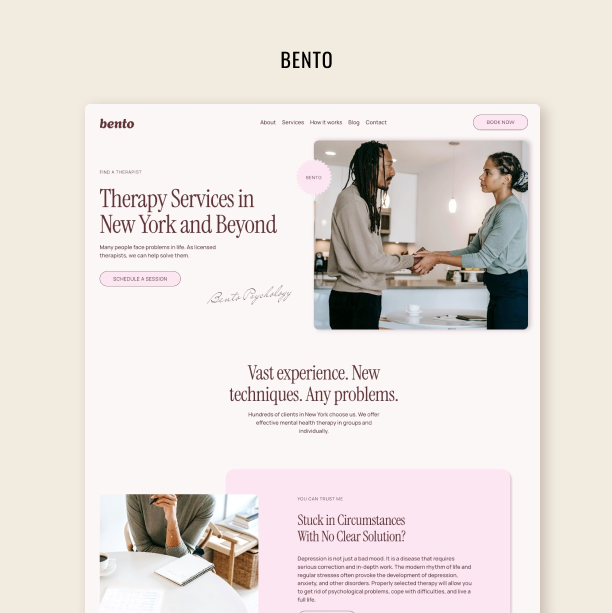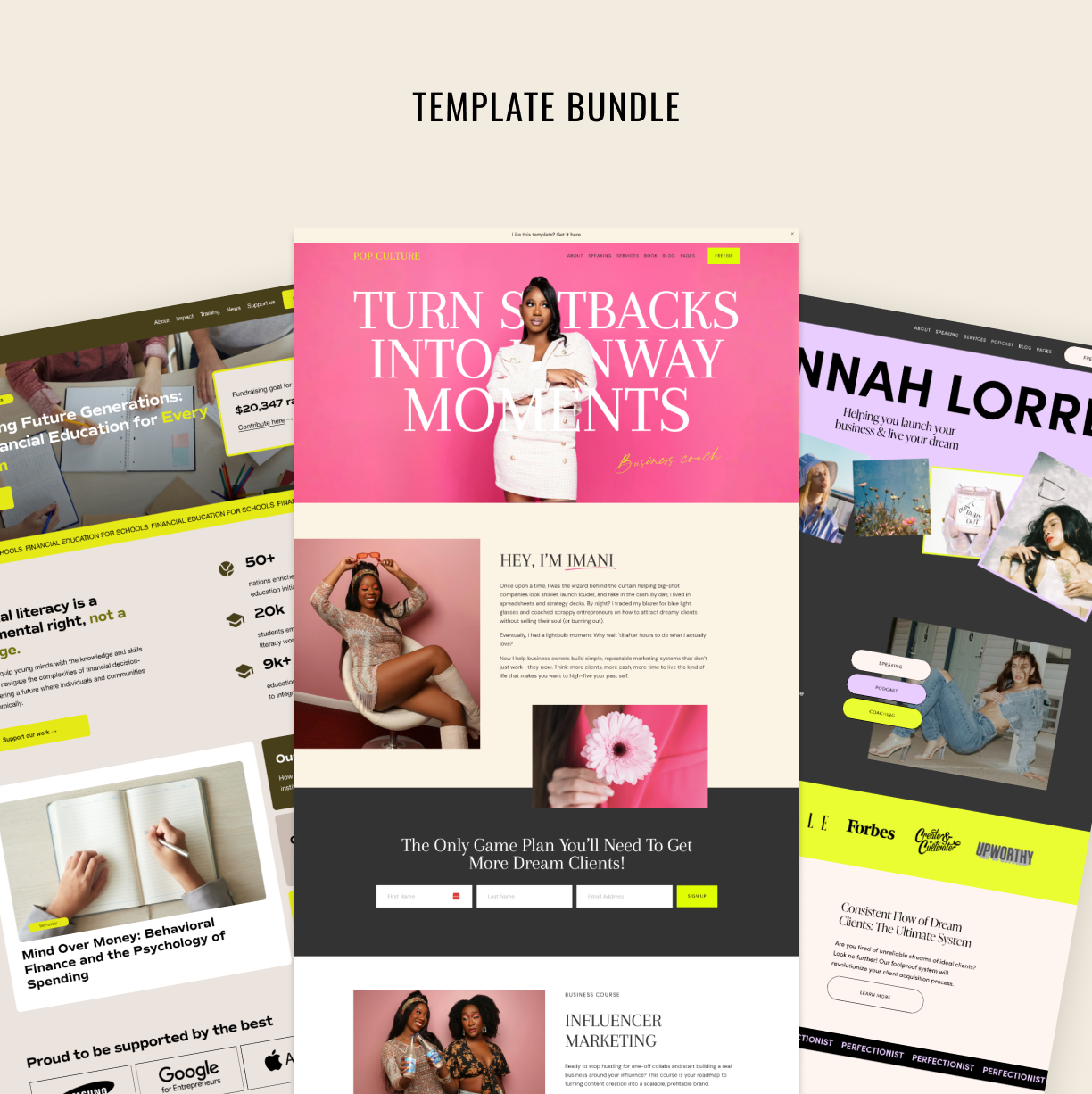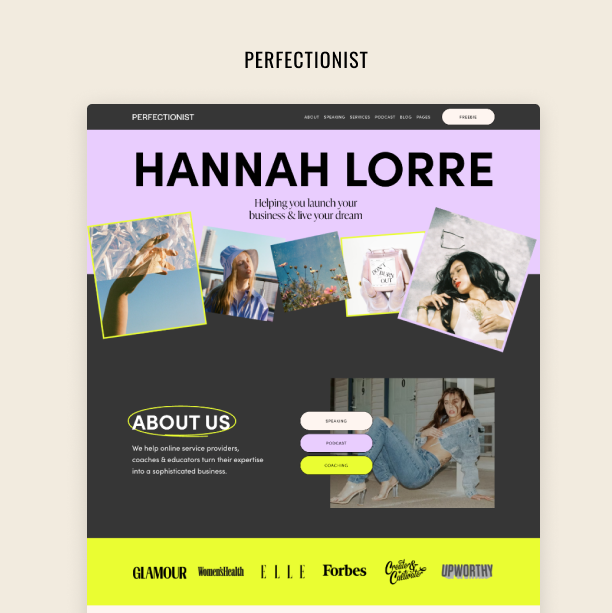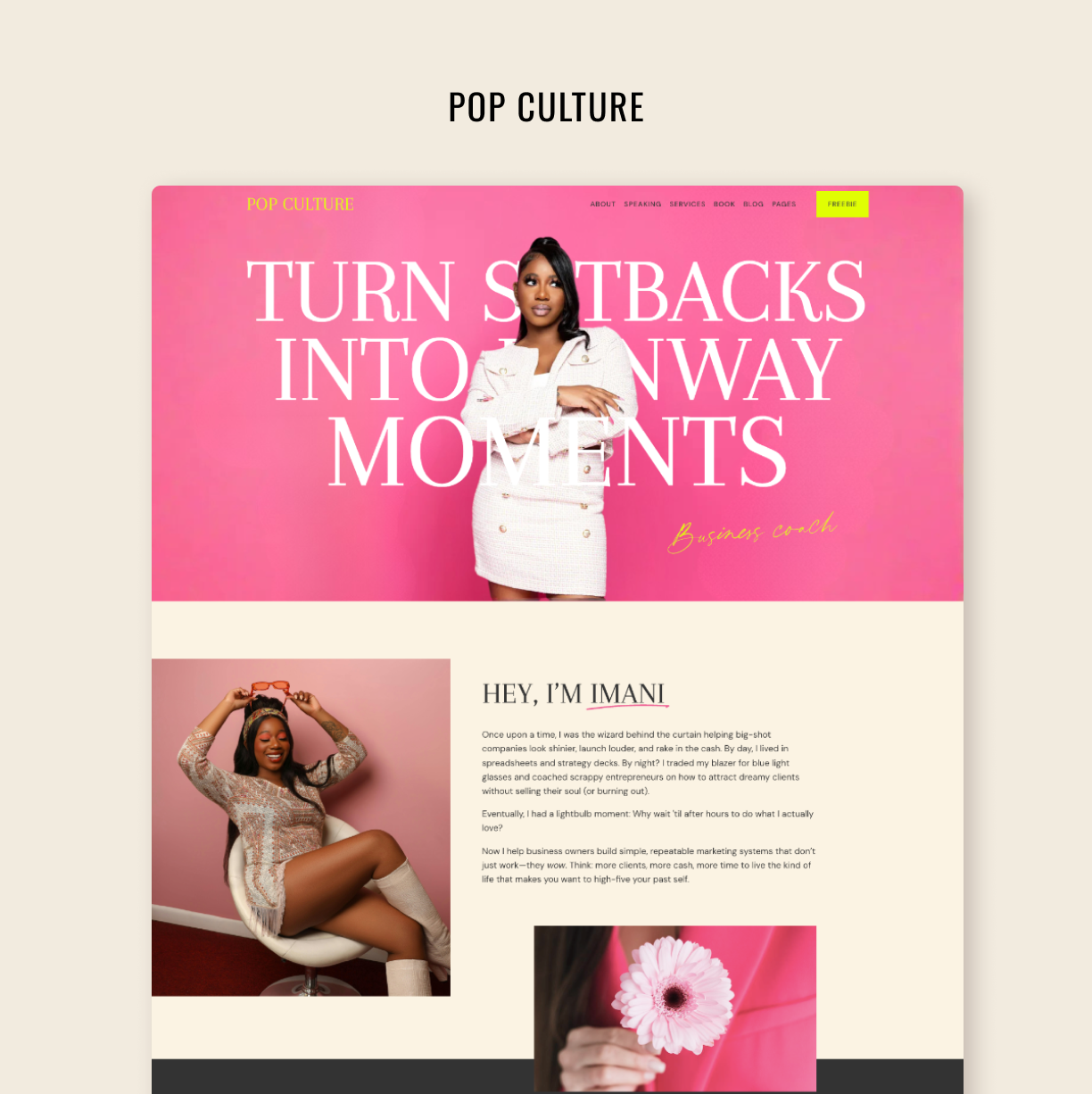Creative Fiction Writing Lessons for Website Copy
A goldmine of copywriting brilliance!
Do you know what it takes to get complete strangers excited about your creative project or idea?
Recently, I've taken up an unusual hobby. I've always been drawn to fiction writing. I had an idea for a novel boiling in my brain so I started Googling how to write a novel or a screenplay step by step. One search led to another, and I found myself deep in a rabbit hole of blog posts about creative writing, which led me to some incredible books.
I design and write for my small business, Applet Studio, as my day job. I always advocate looking for inspiration beyond your niche. But what I found is a treasure trove of copywriting brilliance and creativity! I can't help but share it with you here!
Your Website’s Hero Screen
Imagine a Monday morning in Hollywood. Producers and writers are about to pitch their movie ideas to studio executives. An agent is on the phone, describing the screenplay she read recently to her big client. The marketing director is meeting with an executive about their movie poster idea. All across town, it all boils down to one simple idea - the “What is it?” question. The competition for the attention span is so fierce that if you can’t answer this question, you will fail to pitch your screenplay idea not just to studio executives but to the viewers and moviegoers as well. This insight is from Blake Snyder's book "Save the Cat!"
The “What is it?” question is a “logline” or a “one-line” for a movie or a screenplay idea. Novelists teach a similar thing - a novel begins with a one-sentence description, like the one you see in the NY Times best-seller list, which should be concise and summarize the stakes, the conflict, and evoke empathy for the main character.
“A businessman falls in love with a prostitute he hires to be his date for the weekend — Pretty Woman”
Blake Snyder teaches that the logline has to contain a “hook” - something that will make you want to watch the movie and something that makes your imagination run wild. “She is the perfect woman - until she has a drink.” The irony! You think to yourself that you should see the whole movie now because of just one sentence!
This blows my mind, folks! What about the one-liner for your website hero section? Does it answer the “What is it?” question? What do you do, for whom, the empathy, the hook, and all that kind of stuff. What should you say to make the reader scroll past the first screen and explore the rest of the website?
Snyder talks about the quadrant of the movie pitch - it needs to have four key ingredients:
Irony. The dramatic situation that gives you an itch you want to scratch.
Compelling mental picture. You should be able to imagine the whole plot from one description.
Audience and cost. It must identify the tone, the target audience, and the sense of cost, so buyers will know if it can make a profit.
A killer title. When I started working in the media business back in 2008, my editor used to say “Give me the meat!”
When I am working with a client on a custom website, in the majority of cases, I ask them to formulate what they do on the first screen in the simplest way possible. People struggle with saying in really plain language what they do. But once you have a simple hero screen idea, we can take it to the next level by adding a little hook, a hint at a conflict, and evoke empathy.
Writing the first sentence of your website is probably harder than writing the rest of the website.
Try Squarespace for free – and save 10% when you purchase a subscription with code APPLET10
Your audience
Your website is telling a story but the roles are reversed. You are not the main character in that story - your ideal client is. You are writing for them and about them. The idea is unpacked in the StoryBrand book but I find that screenplay writing advice resonates very much with it.
Your screenplay’s (or website’s for that matter) logline needs a hero, who can be described with an adjective or two, and one with a compelling goal the viewers can identify with. It’s a thumbnail sketch of a person whom we are going to be following (or who we are serving). Some heroes work better than others in particular kinds of situations - we are looking for someone who is going to give us the longest journey and will learn the biggest lesson.
The motivation to succeed for the hero is a primal one. “It’s because primal urges get our attention. Survival, hunger, sex, protection of loved ones, and fear of death grab us. The best ideas and the best characters in the lead roles must have basic needs, wants, and desires. Basic, basic!” Snyder writes.
Your ideal audience’s hero is someone who they can identify with, learn from, and someone who deserves to win. Your job is to show them how you are going to help them win, i.e. satisfy the basic, primal need.
But what about the personal brand? What are you like? You are one of the likable characters in the story - the friend, the guide, the helper. You are the host. I heard the term “the attractive character” being used by Russel Brunson in his book DotCom Secrets. The character also has a backstory, flaws, and conflict. This character speaks in stories that happened to him - and teaches some lessons.
So as we can see using characters in your copywriting is two-fold. Being personal and creating an image for yourself is one thing, but you should focus on your target audience more - your ideal client is the real hero in your story.
The Snowflake Method
As I was doing my research, I found a writing method taught to aspiring novelists that is very much applicable to commercial copywriting as well. It’s called the Snowflake method and you can read more about it here.
In a nutshell, this method is like crafting a snowflake from a single snowflake crystal. You kick off with a super simple one-liner that captures the heart of your story, then you keep expanding it into a paragraph, then 4 pages, then describing it scene by scene - until your story becomes a novel. Basically, you design a novel before you write it!
Isn’t this exactly what we do when we write copy for a website?! We design the structure first, then fill it up and expand it. Writing a screenplay is also like fitting the ideas into a template, using story archetypes!
This method is especially useful for inexperienced writers who struggle with “writer’s block”. From one sentence to a synopsis to writing the thing scene by scene - sounds kind of easy, right? I heard this phrase from John Green, my favorite author of coming-of-age fiction, “Coal miners don’t have coal miner’s block”. Putting words into a Google Doc is much like mining coal - you can be as bad as possible but you should be moving forward.
I hope my research in creative writing gave you some ideas on how to make your website copy and writing in general better!
Save for later on Pinterest!















